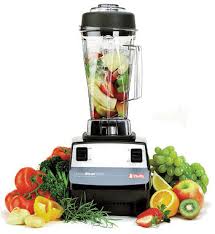Do You Have a Healthy Alkaline Body?

Healthy blood has a pH level of 7.35 I’m sure you have heard there is a difference between an alkaline body and an acidic body? The theory is that an acidic body’s support inflammation and even cancer, while a alkaline body is a healthy body that fends of disease. Most […]
Day 12 – 30 Day Juicing Challenge

Day 12 and feeling great! Today I added some parsley to the mix and some tatsoi. Tatsoi you say? That was a new one on me. I bought another Organic Girl box of greens and noticed that in the ingredients it reads: Tangy red and green chard, hearty tat soi, peppery arugula and mild spinach. […]